Why do “similar shapewear” products receive such different reviews in different regions?
Beyond factors such as consumer habits and cultural differences, the regional adaptability of the design is a key reason behind this phenomenon.
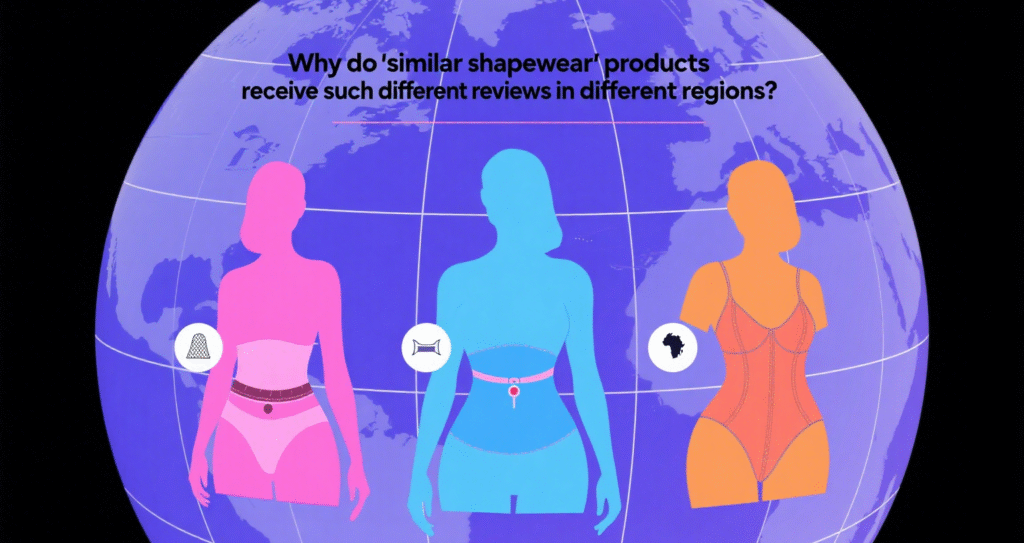
Table of content
| 1. Regional differences in body types around the world |
| 2. Logical Adjustments to Silhouettes for Different Regions |
| 3. Importance to Purchasers |
In the shapewear industry, it is not uncommon to see a product that is extremely popular and well-reviewed in Region A receive a lukewarm response, or even negative reviews, in Region B. Beyond factors such as consumer habits and cultural differences, the regional adaptability of the design is a key reason behind this phenomenon.

1. Regional differences in body types around the world
Women in different regions exhibit distinct differences in body shape characteristics, and these differences are not isolated cases but rather regionally prevalent traits.
• Asian women tend to accumulate excess fat around the waist and abdomen, despite having relatively slender waistlines. The distribution of fat in this area makes it a key focus for shaping. Additionally, their pelvic bone structure is relatively narrow, resulting in a more compact hip contour.
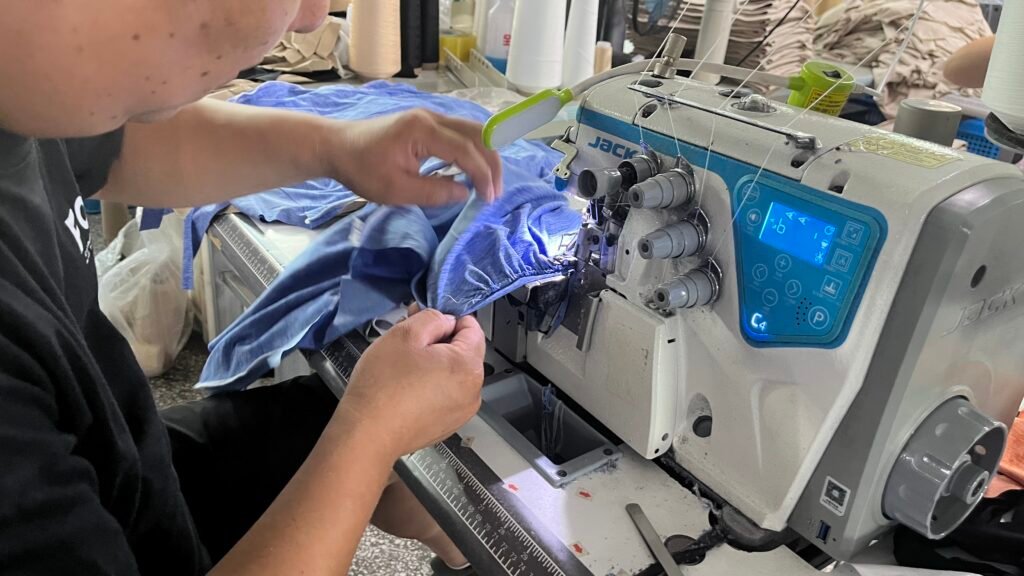
• European and American women have a more voluptuous build, with broader shoulders, fuller chest contours, and more rounded, prominent hip contours, giving their overall physique a more powerful appearance.
• Women in certain African regions have a generally more voluptuous build, with body proportions differing from other regions, particularly in the unique curves at the junction between the upper and lower body.
2. Logical Adjustments to Silhouettes for Different Regions
1. Asian Market
• High-waisted design is a key feature tailored for Asian women. This design extends from below the waist to above the abdomen, securely wrapping the waist and abdomen areas prone to fat accumulation. It naturally gathers excess fat while conforming to the natural curves of the waist and abdomen, avoiding the stiff compression sensation. This design achieves shaping effects while maintaining comfort.
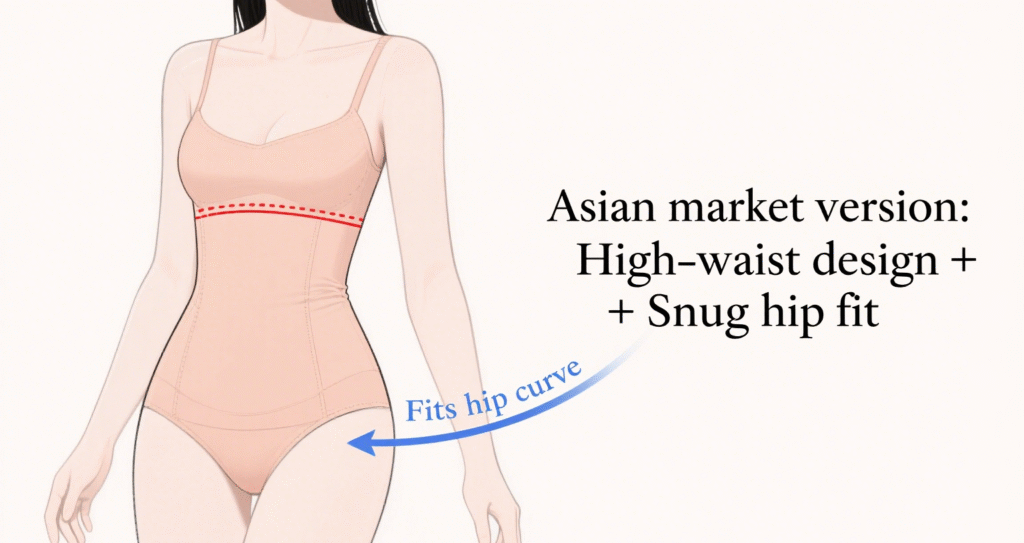
• The hip design features a compact fit, taking into account the narrower pelvic structure of Asian women. This prevents the shapewear from feeling loose or ill-fitting around the hips, ensuring the fabric hugs the hip curves tightly. This enhances the hip silhouette while allowing for unrestricted movement.
2. European and American Markets
• Wider shoulder straps are a key adjustment for European and American women. Wider straps better distribute the garment’s tension on the shoulders, especially for women with fuller busts, reducing pressure on the shoulders, preventing marks, and stopping the straps from slipping during movement, thereby enhancing stability and comfort.

• The hip design is loose and rounded to accommodate the fuller hips of European and American women. This design ensures the shapewear fully covers the hips, conforming to their rounded contours, providing shaping without causing a tight feeling, allowing wearers to remain comfortable even during daily activities.
3. Certain regions in Africa
• Upgrading fabric elasticity is a key measure to address the fuller body types of local women. More elastic fabric better adapts to body movements, maintaining good fit whether standing, sitting, or walking, without causing a restrictive feeling.

• Adjustments to the loose fit are based on the unique upper-to-lower body proportions of local women, ensuring shaping of key body areas while making the overall fit more suited to their body type, balancing coverage and comfort during movement.
3. Importance to Purchasers
• Avoiding market risks: If the design of the shapewear purchased does not consider the body type characteristics of the target market, it may result in consumers finding the garments ill-fitting and uncomfortable, leading to product stagnation, declining reputation, and excessive inventory buildup, causing economic losses for purchasers.
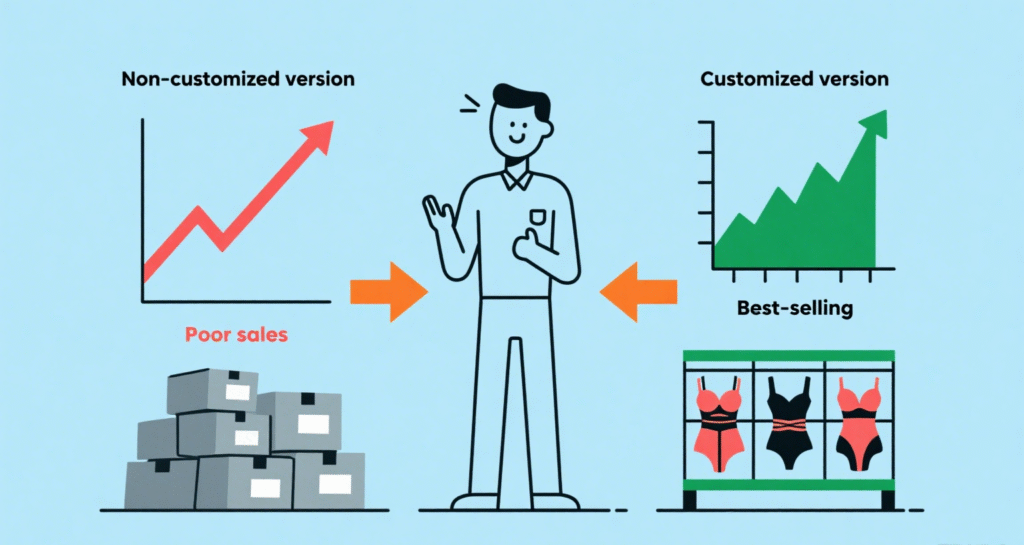
• Enhancing competitiveness: Selecting source factories that offer customizable patterns and designing and producing products tailored to the body characteristics of women in the target market can make the products better suited to local consumer needs. Such products are more likely to gain market recognition, helping buyers gain a competitive edge and attract more customers.
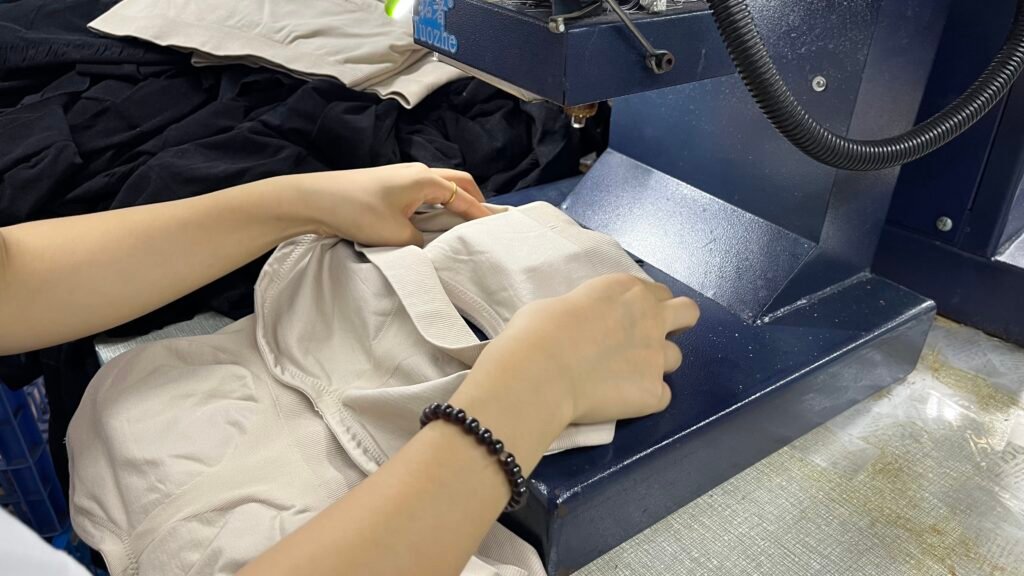
In summary, the varying reputations of “same-style shapewear” across regions stem from whether the pattern design considers regional adaptability. Purchasers must prioritize this aspect and select appropriate customization solutions to ensure their products establish a foothold in the target market.
